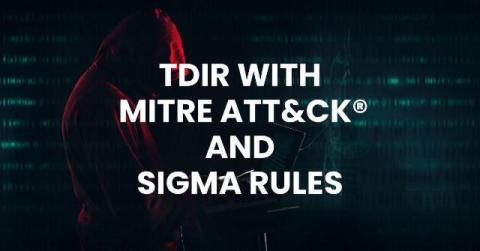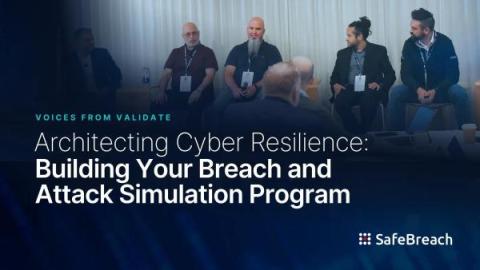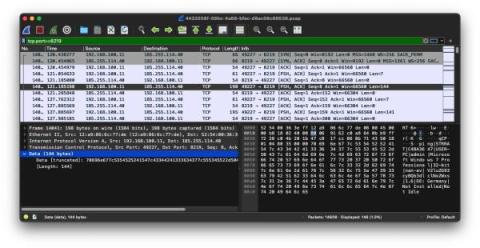Enhancing Incident Response with 1-Click Entity Isolation
We are excited to announce a significant enhancement to our Entity Enrichment integration with CrowdStrike Falcon: the 1-Click Response action. This new feature empowers SOC analysts to isolate a host directly from Corelight Investigator, leveraging enriched context and point-in-time evidence to make informed, rapid decisions during security incidents.











